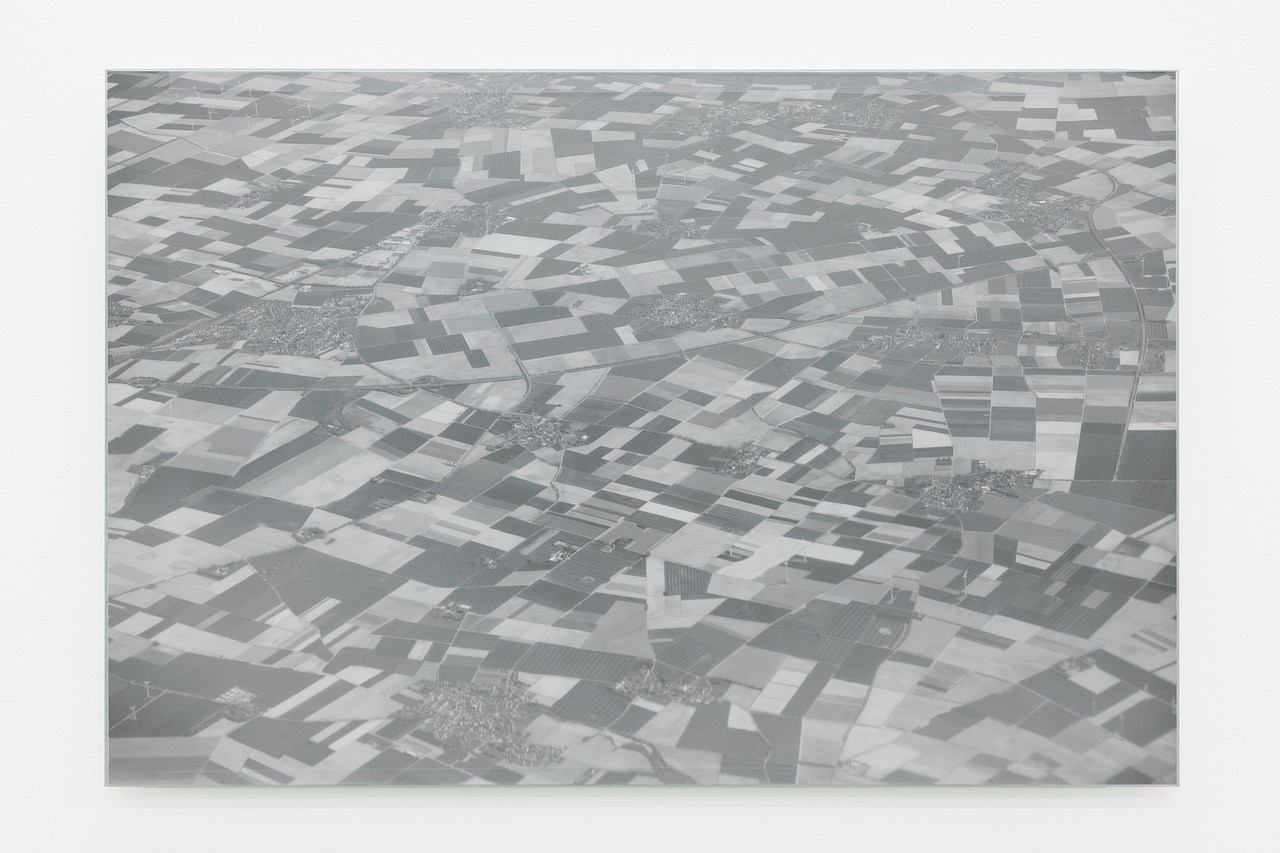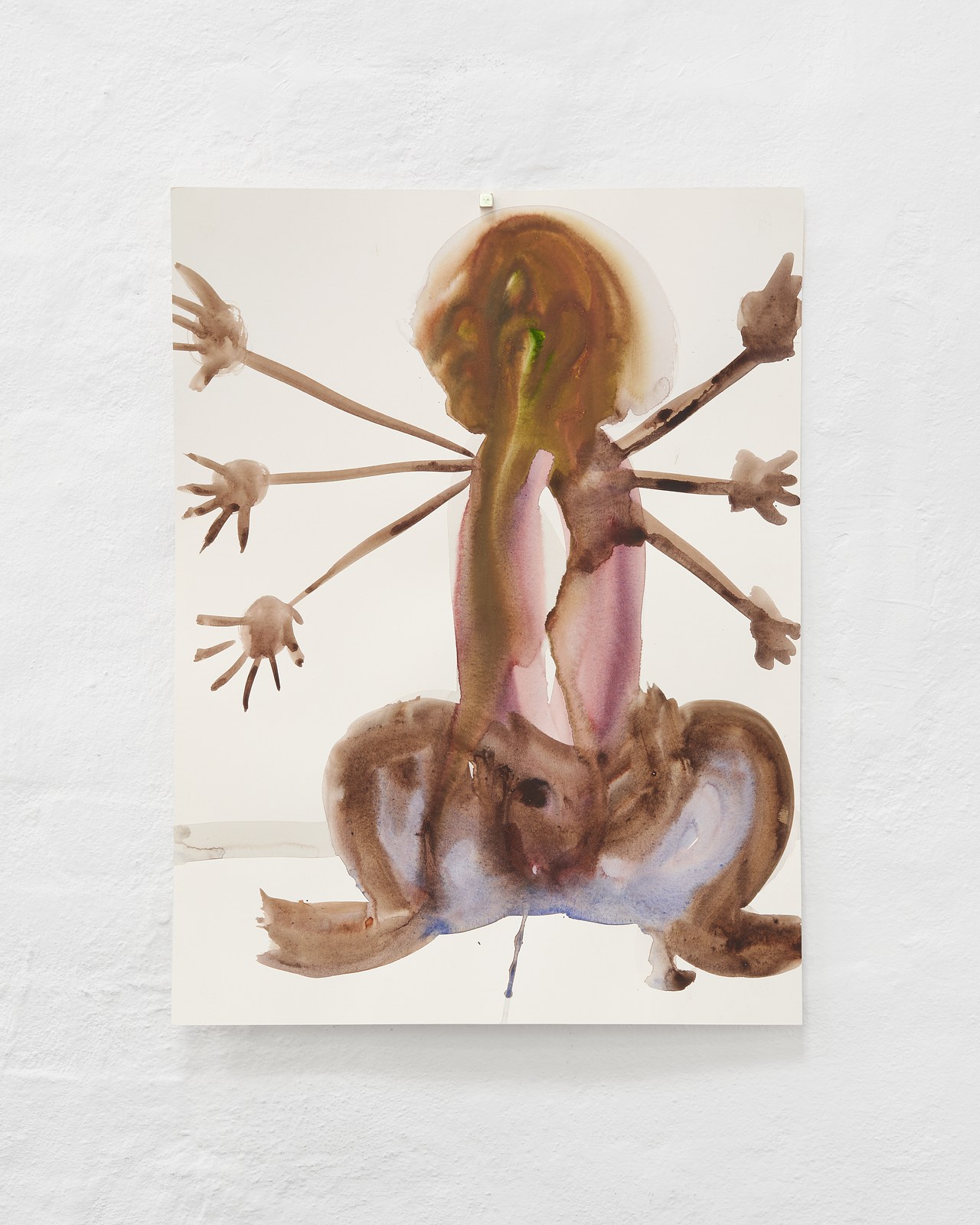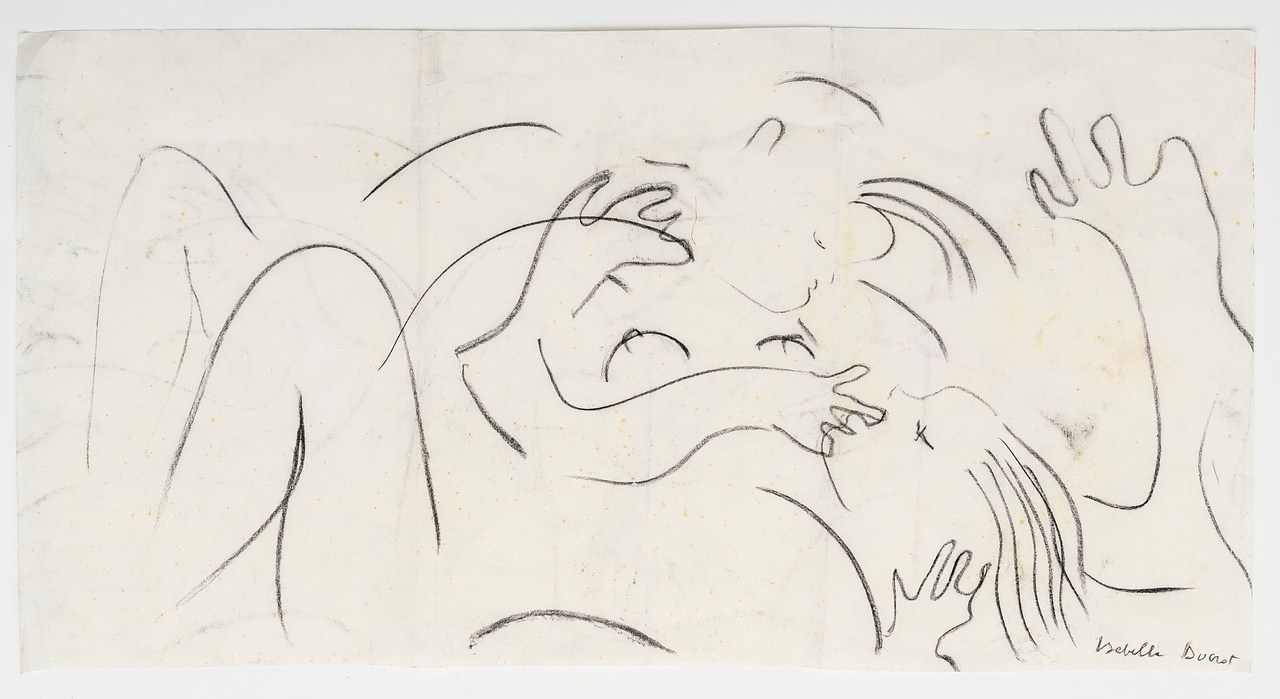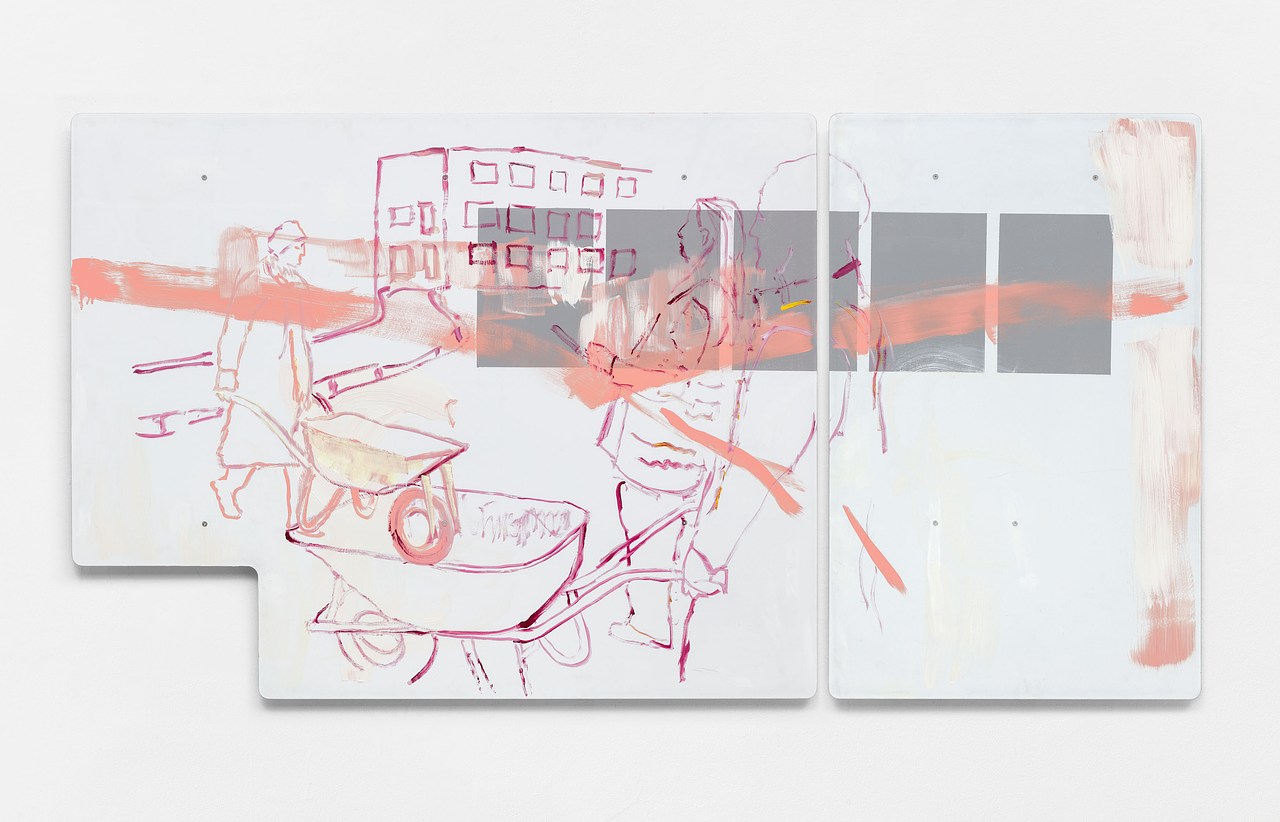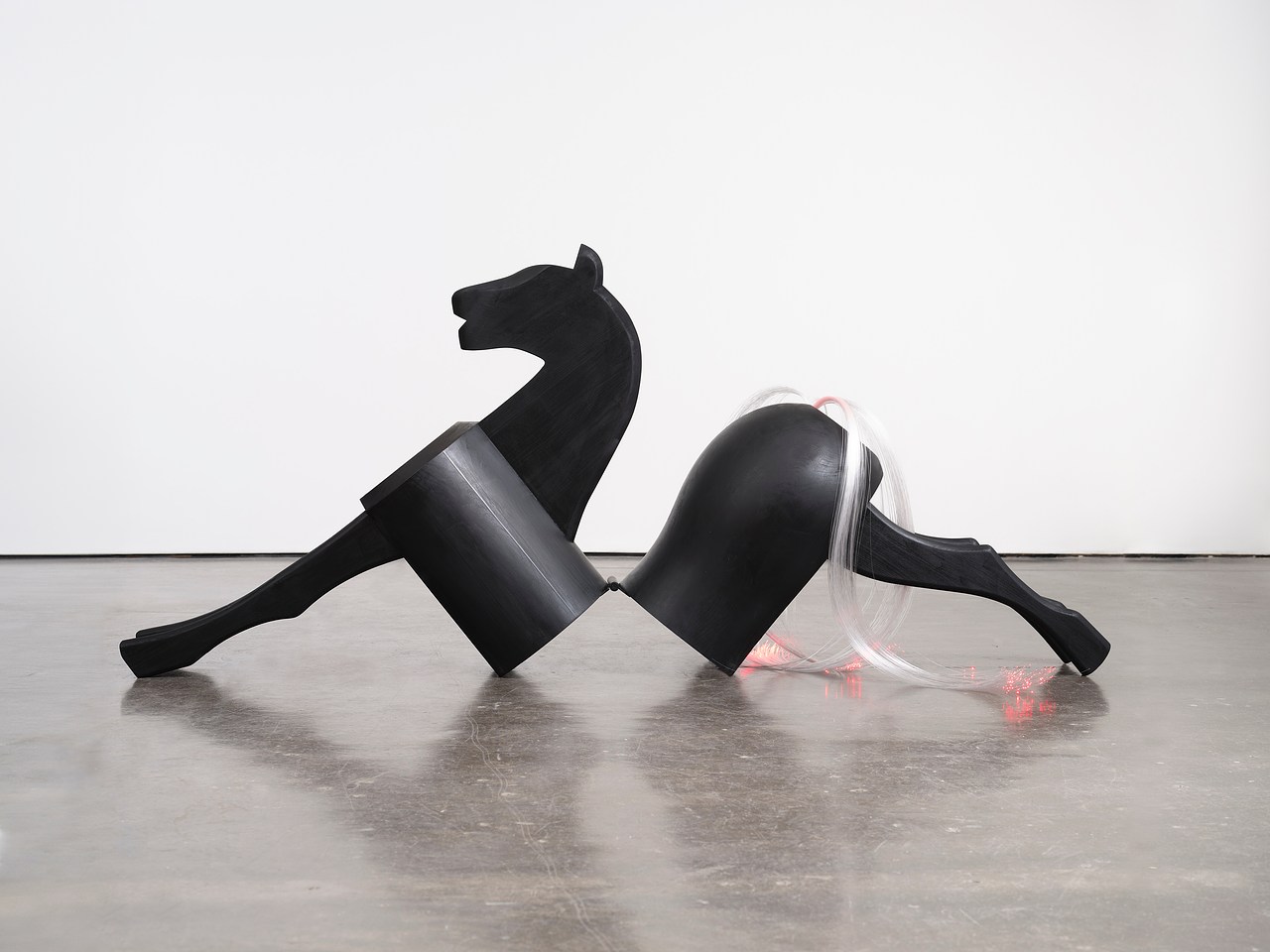With the US presidential election behind us and the marquee New York evening sales just a few days away, collectors, advisors, and all manner of art world professionals have been combing through the full list of auction house offerings, ARTnews included.
This November, works by art historical heavyweights David Hockney, Ed Ruscha, Ellsworth Kelly, Georgia O’Keeffe, and Jean Michel Basquiat (of course) take the stage behind auctioneers who hope to coax out as many bids as possible from buyers in the room, on the phones, and watching online from across the globe.
ARTnews has already revealed a number of the consignors behind this season’s biggest lots, including Jean-Michel Basquiat’s Untitled (1982), courtesy of the Peter Brant’s Brant Foundation, and Yayoi Kusama’s 2018 picture Infinity-Nets (RDUEL), which has ties to disgraced art dealer and forthcoming biopic subject Inigo Philbrick.
But there is always more to learn. Further investigating has revealed more names of collectors that we believe to be unloading while interest rates are (relatively) good. And while high-net-worth individuals have cut back their spending over the last 12 months, we are in a “collector’s market,” according to many market-watchers. If the work is good enough, the bidders are sure to raise their paddles.
The first lot at Sotheby’s The Now and Contemporary evening sale, Yu Nishimura’s 2020 work Pause, seems to come from the esteemed collection of Dallas collectors Howard and Cindy Rachofsky. The work was featured as part of the Allan Schwartzman-curated show “Open Storage: 25 Years Of Collecting” which ran from August 26, 2022 – April 29, 2023, at the Rachofskys’ contemporary art space in Dallas, The Warehouse. The Rachofsky’s did not return a request for comment, while a Sotheby’s spokesperson told ARTnews that “as a policy, we don’t comment on consignors’ identity since that’s confidential.”
Copyright
© Art News








